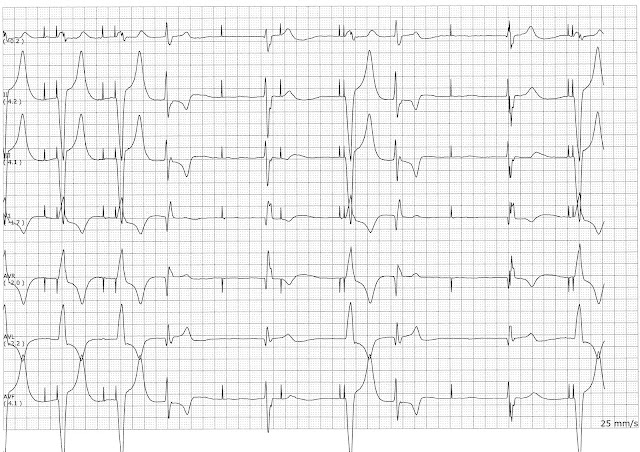Timoptic (timinol) Induced Bradycardia?

A 60 year old patient with a history of glaucoma, hypertension, and CHF. The home meds were Betoptic (dorzolamide) BID, Timoptic (timinol) BID, Cozaar (losartan) qd, ASA qd, and Lasix (furosemide) BID. The patient was admitted to the hospital with bradycardia, dizziness, and presyncopal episodes. The cardiac enzymes were WNL. An echo showed that the CHF was stable with a normal EF. The cardiologist suggested that the bradycardia might be a side effect of the Timoptic (Timinol) eye drops. The monitor shows some extreme bradycardia with AV dissociation. After 48 hours after cessation of the Timoptic the rhythm remained unchanged and a diagnosis of sick sinus syndrome was made On the 4th day, the patient received an implanted pacemaker





